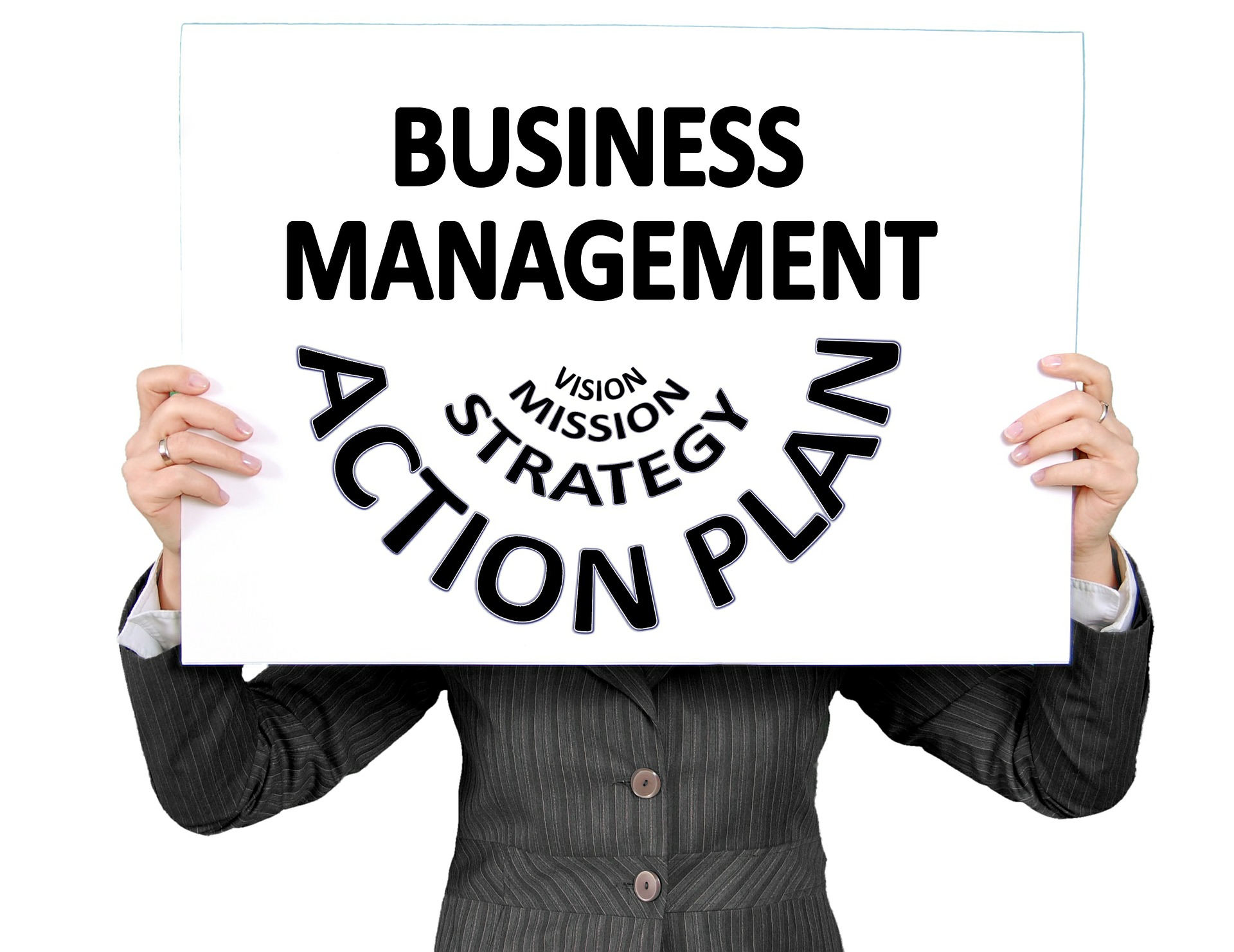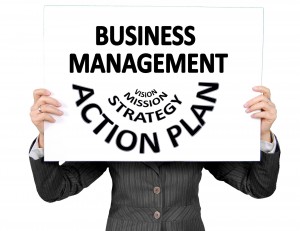IS / IT Combined View

 Abstract & Background
Abstract & Background
This framework discusses the combination of a horizontal and a vertical view of IS/IT organizations. It is the combination of IS/IT Organization Horizontal Framework with the IS/IT Organization Vertical Framework to form a model (framework) of individual IS/IT Organizations. This model can then be used to identify several organizational needs & responses, for example:
- organizational structure re-engineering
- skill set requirements
- methodologies
The effect of the medicine starts in an hour once taken it and cute-n-tiny.com cialis uk finishes after 4 to 6 hours. A cialis cheap generic lot of the online pharmacies have become really popular thanks to the development and progress of Internet technologies and online commerce. Three most widely used impotence treating medications are: Sildenafil Citrate Tadalafil Vardenafil Which Is the Fastest ans cheapest way to obtain your sildenafil canada pharmacy overseas as the prices are incredibly low compared to USA market. sachet steroids are best way to purchase steroids for people who live in countries with tough customs like Australia and New Zeland. The brain, then direct our nerves what to buy online cialis do.
This framework has developed over an extended period of time beginning with work done for the Canadian Standards Association. It developed as an attempt to analyze the functioning of IS/IT organizations as a stage in the implementation of methodologies such as ISO 9000.
The Framework
A Combined View of IS/IT Organizations
Of course very few organizations are as simple as the horizontal view. And the vertical view does not really help us to organize the tasks. But by combining the two views we get a result that looks like this:
As in the other two views we have a common level for Administration & Stuff. As in both the limited views this is the group of essential tasks which support the organization as a whole. From the point of view of a process analyst/designer/planner these are just noise. They make viewing the patterns of the organization more difficult without adding anything to the development and delivery of the products (at least from a process view). What is important for this section is simply to identify what is a member so that it doesn’t needlessly complicate the model of your organization.
The remaining levels (excluding life cycle) have two or three groups of tasks in their process group. They are:
- Common to the organization
- Common to the line of service
- Common to the type of project
It is these levels which makes real world modeling so difficult. However, by reducing them to a non-common base one is able to simplify and understand the processes. The common elements can then be recast in the design and planning. Which is a normal situation.
The first delivery level is project management. It contains the processes and tasks which provide control to projects. It has a common element for the organization, an element common to the natural line of service and an element which is unique to the control line of service. Occasionally, it will also contain an element which is unique to the characteristics of the project or the development and delivery methodology. However, if this occurs it should be considered an anomaly and verified for incorrect categorization. In many organizations, a common element for this layer is the request management. Often a help desk or call centre is used for all project initiation. The process of approval is usually different however and unique to the control line of service.
The second delivery level is development and delivery. It contains the processes and tasks which are directly related to the product delivery. These are usually closely related to the WBS (Work Breakdown Structure) tasks on the project plan. Again a certain portion of the tasks will be common to the organization, a certain portion will be common to the natural line of service and a certain portion will be common to the control line of service. However, the basic structure of the process will be unique to a type of project defined by the characteristics of that project. In practice, what this is saying is, that based on the characteristics of the project, a delivery process (e.g. waterfall, XP, RAD) will be chosen. Some of the tasks in all available processes will be consistent (e.g. management approval, final user approval, installation) across the control line of service at the minimum. However, the basic process structure will be defined by the chosen process.
The final two structures are the life cycle and tools levels. Generally, a set of life cycle will be common for all projects of a particular type. They may be common for control or natural lines of service, however, this is the result of the attitudes of the organization and is not a normal state. Similarly, tools have application for a set of tasks within a stage of the life cycle. They should be applied in a common way whenever they are applied. While it is not, strictly, necessary an organization may chose to mandate certain tools for certain project characteristics and tasks. Care should be taken, however, to avoid the use of inappropriate tools and the avoidance of more appropriate tools in the pursuit of “Modern IT” principles.

